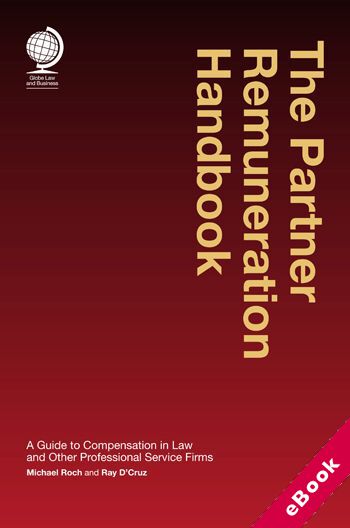
The device(s) you use to access the eBook content must be authorized with an Adobe ID before you download the product otherwise it will fail to register correctly.
For further information see https://www.wildy.com/ebook-formats
Once the order is confirmed an automated e-mail will be sent to you to allow you to download the eBook.
All eBooks are supplied firm sale and cannot be returned. If you believe there is a fault with your eBook then contact us on ebooks@wildy.com and we will help in resolving the issue. This does not affect your statutory rights.
Partner compensation and how partners share profits is central to the cohesive fabric of any professional partnership. While one adage says that “there are as many profit-sharing systems as there are partnerships”, there has recently been the emergence of a global practice about what “merit” means and how risk and reward are shared among partners in professional service firms.
In The Partner Remuneration Handbook, Michael Roch and Ray D’Cruz provide guidance for senior partners, managing partners, partnership boards, remuneration committees and others involved in the partner compensation process (department heads, CFOs, HRDs), on designing effective profit-sharing systems, reaching fair reward decisions efficiently and implementing motivating contribution management processes.
Filled with practical insights, this book draws on principles of partnership, motivation and incentives in human capital management, and executive compensation in closely held businesses. Looking beyond the numbers, the authors balance the big picture with a detailed how-to for any professional partnership irrespective of geography, size and maturity.
This title encompasses three core elements:
It also addresses a myriad of special topics, such as rewarding partners in management roles, and provides a proven approach for how firm leaders can take partners with them on the journey of evolving their partner compensation system.